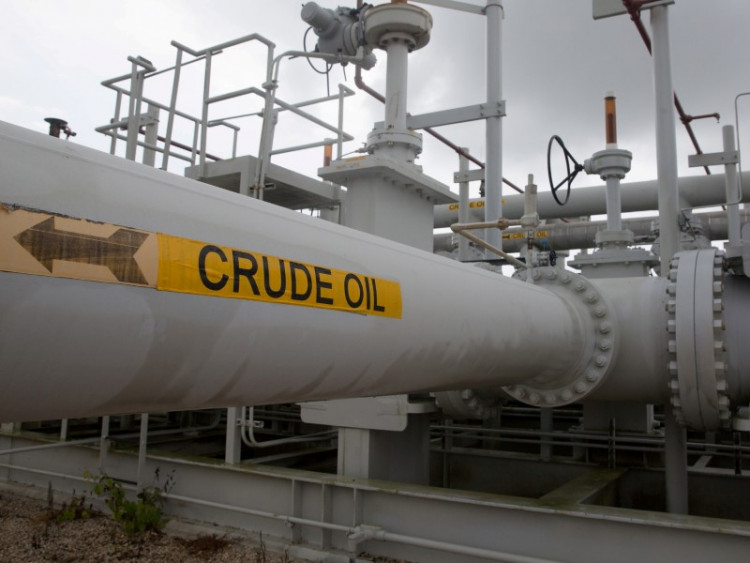The impact of Russia and Saudi Arabia's combined production cuts on the oil market has been immediate and conspicuous. Not only did international oil prices soar last week, but even Russia's main export product managed to break through the price limit imposed by Western countries, leaving these nations red-faced.
From December 5 last year, the G7, led by the United States, along with the European Union and Australia, officially imposed a cap of $60 per barrel on Russian maritime oil exports. If Russia sold its oil to third-party countries at prices above this cap, the Western companies implementing the price limit would no longer offer services in trade, insurance, finance, and transportation.
According to Argus Media, a global energy and commodity market data, pricing information and consulting service provider, the price of Urals crude oil, Russia's main export grade from Black Sea ports, rose to $60.78 per barrel this Wednesday, July 12. This is the first time it has surpassed the $60 mark since the G7 imposed the cap last year.
It has been highlighted in the media that Argus Media's data, closely monitored by decision-makers in the EU and the U.S., are also utilized by the Russian government.
Commentators believe that Argus Media's data indicates a victory for the Russian government, which quickly assembled a large shadow fleet, capable of delivering Russian crude oil to buyers without the need for services from G7 countries. The data also serve as a blow to Western Europe and the U.S.
While Western countries aim to ensure sufficient global oil supply to prevent inflation shocks, they also want to limit Russia's profit from oil exports. However, it appears they cannot have their cake and eat it too.
The U.S. Department of Treasury recently released a statement declaring that it's closely monitoring possible violations of the price cap regulations. It's worth noting that even if the trade price exceeds $60, it does not violate the price cap regulations as long as services from the price cap region are not utilized. Still, a significant portion of Russia's oil trade relies on service providers from the price cap region.
Wall Street Journal reported in April that data from the International Energy Agency (IEA) showed the weighted average export price of all Russian crude oil in April exceeded $60, confirming Russian oil has broken through the G7 cap. Commentators suggested at the time that the cap's ineffectiveness revealed that traders, buyers, and carriers are increasingly willing to deal with Russian oil and ignore Western sanctions. It also showed that Saudi Arabia and other OPEC+ countries unexpectedly announced significant production cuts, which pushed up Russian oil prices, something Russia and other OPEC+ countries hoped for.
In a fortunate twist, just before Urals crude oil broke the $60 mark this Wednesday, international crude oil had its largest weekly increase in three months last week, precisely when Russia and Saudi Arabia announced additional production cuts. Last week, WTI oil accumulated an approximate 4.6% increase, Brent crude about 4.1%, both exceeding 4% for the first time since April 6 and marking two consecutive weeks of gains.
This Wednesday, oil prices rose for the second consecutive day, with both WTI and Brent crude reaching new closing highs since April 28, and Brent crude closing above $80 for the first time since April 28.
Commentators noted that aside from this Wednesday's U.S. CPI announcement leading traders to expect the Federal Reserve to reduce future rate hikes, getting closer to ending the rate hike cycle, another factor driving oil prices up this week was that both the IEA and the U.S. Energy Information Administration (EIA) forecasted a tight oil supply until next year.
The IEA stated on Tuesday that oil supply is likely to be tight in the second half of this year, due to strong demand from China and other developing countries, and recent supply cuts announced by Saudi Arabia and Russia.






